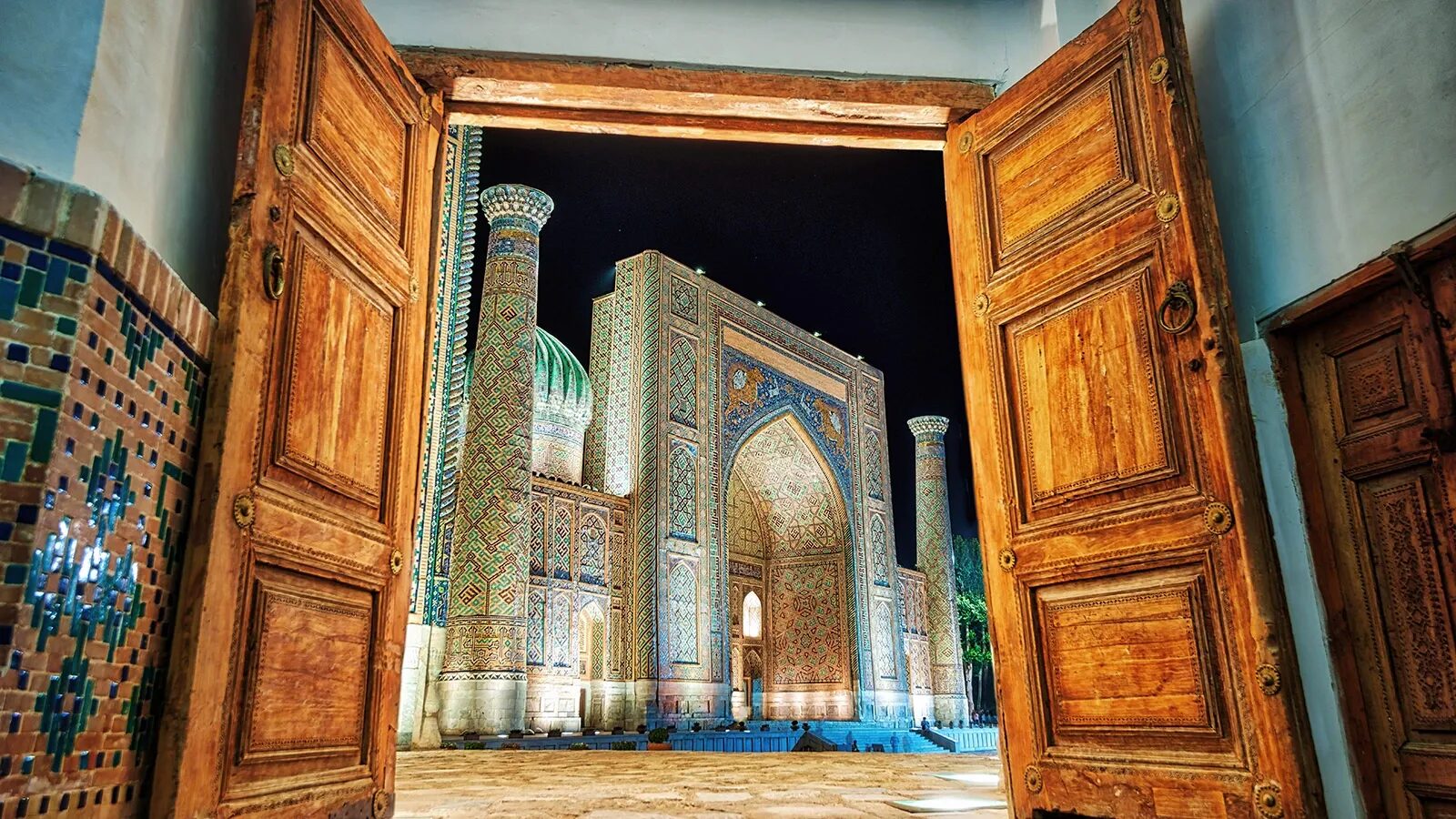Samarkand
Samarkand is the third most populated city in Uzbekistan, the administrative center of the Samarkand region.
The total area of the city is 123.82 km². The population as of October 1, 2021 was 559.4 thousand people.
In 2001, the city and its historical architectural and archaeological monuments were included in the UNESCO World Heritage List under the name "Samarkand - the crossroads of cultures."
Samarkand is one of the oldest cities in the world, founded, according to archaeological data, in the middle of the 8th century BC. e. (Ancient Maracanda - 742 BC).
For more than 2 millennia, the city was a key point on the Great Silk Road between China, India, Iran and Europe, as well as one of the main centers of science in the medieval East.
For more than a century, in the period from 875 to 999, this settlement, stunning in beauty and grandeur, was considered one of the largest political and cultural centers of the Samanid Empire. For 17 years, Samarkand even bore the title of the capital of this state.
In the XIV century it was the capital of the empire of Tamerlane and the Timurid dynasty. The vast majority of architectural masterpieces of the city were built in this era and in the era of the Uzbek Ashtarkhanid dynasty (XVII century). It was the period of the highest development of Samarkand.
In 1925-1930 Samarkand was the capital of the Uzbek SSR.
- Registan Square
- Mausoleum of Guri-Emir
- Bibi-Khanum Mosque
- Memorial complex Shakhi-Zinda
- Observatory Ulugbek
- Museum and settlement Afrasiyab
- Siab Bazaar
- Paper workshop "Meros"
- Carpet factory "Khujum"
- House Museum of Filatov Wine (Khovrenko)
- Synagogue and hammam of Samarkand Jews
- Cathedral of St. Alexis of Moscow
- Catholic Church of Saint John the Baptist
- Armenian Church of the Holy Mother of God
- Church of the Intercession of the Holy Mother of God
- Memorial complex of Imam Al-Bukhari
- Mausoleum of Saint Daniel





















